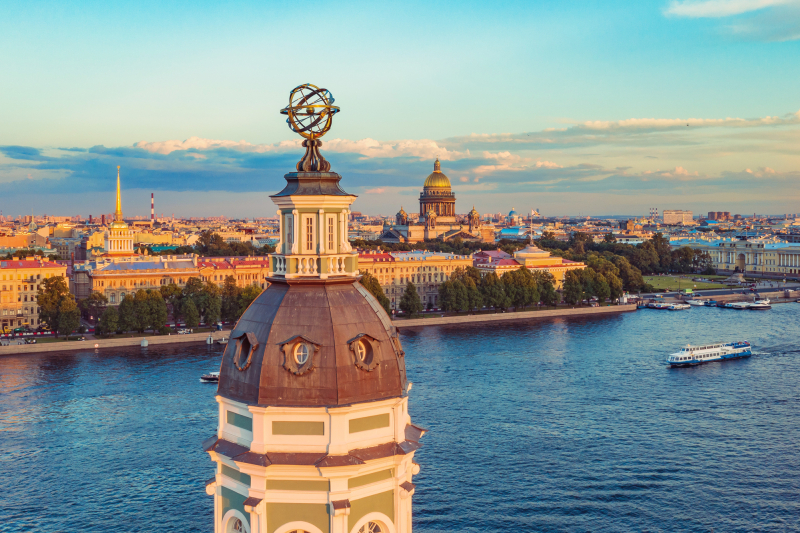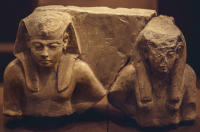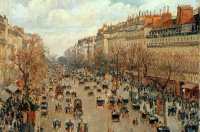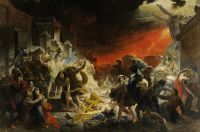Child's skeleton with two heads and three arms, late 17th-early 18th c.
Where: Peter’s Kunstkamera, 1st floor
The skeleton of a two-headed child is one of the oldest – but also the creepiest and even so popular exhibits at the Kunstkamera. The skeleton originates from Dutch anatomist Frederick Ruysch’s collection, which was partially purchased by Peter the Great following his passion for human anatomy. Aside from the skeleton in question, the tzar bought thousands of other horrifying artifacts that laid the foundation for the museum.
The skeleton of a two-headed child. Photo courtesy of the author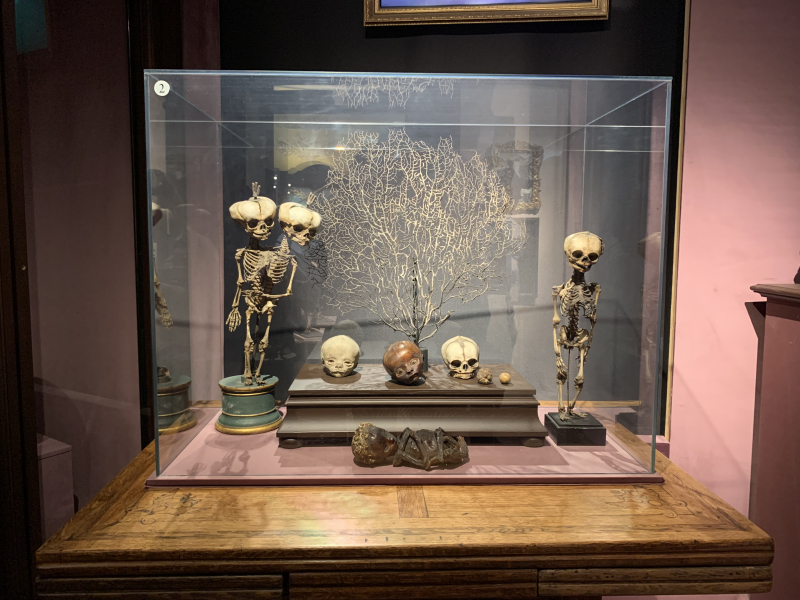
Teeth collection, 18th century
Where: Peter’s Kunstkamera, 1st floor
Another item of interest in the Peter’s Kunstkamera section of the museum is a set of extracted teeth – not just any teeth, but those pulled by Peter the Great himself. History has it that the tzar had an interest in dentistry: he did well and truly enjoyed pulling his subjects’ teeth – and now the fruits of his dental endeavors (32 teeth in all) are displayed at the museum.
A collection of teeth pulled by Peter the Great. Photo courtesy of the author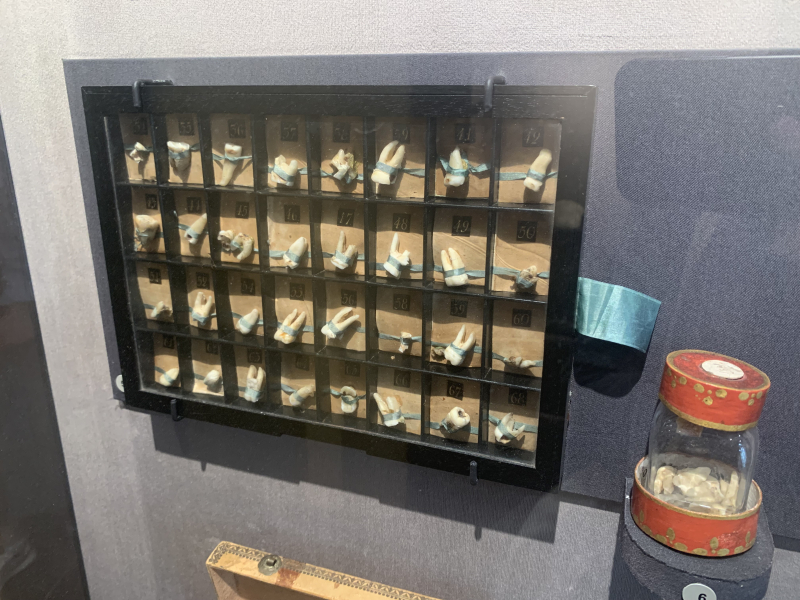
Mechanical toy “Celestial boat,” 18th century
Where: China, 2nd floor
The Celestial Boat is an unusual key-powered toy created by 18th-century Chinese masters. The toy depicts a boat with celestials and accompanying servants, dancers, and musicians that begin to move when activated. The toy, which combines the technical advances of Europe and national motifs of Asia, is now one of few exhibits to have survived the great fire of 1747.
The Celestial Boat still and in action. Credit: Kunstkameramuseum / youtube.com
Study of a scientist-encyclopedist, 18th century
Where: M.V. Lomonosov and the Academy of Sciences, 3rd floor
Russian scientist Mikhail Lomonosov holds a special place in the museum – namely, the entire third floor is dedicated to his life and work, as well as the history of the Academy of Sciences (he was one of the first academics there) founded by Peter the Great. Among the section’s numerous highlights is the study of a scientist-encyclopedist, which attempts to recreate the impression of an 18th-century study similar to that of the scholar – with a writing desk and stationery, a cabinet with books, scientific instruments, and housewares, as well as various tools for measurements.
Study of a scientist-encyclopedist. Photo courtesy of the author
The Gottorp (Great Academic) globe, 1651-1664
Where: The Grand Gottorp Globe, 5th floor (as part of a guided tour only)
The Gottorp Globe, a restored walk-in globe with the world map outside and a map of the sky on the inside, is the world’s first “planetarium.” It was built between 1651 and 1664 in Germany, depicting a map of the world as seen by Germans at that time, and gifted to the tzar. It has experienced both fire and water (literally) throughout its existence: it was nearly destroyed by fire in 1747 and then restored – though losing its original German depiction of the world – let alone was stolen by Nazis during WWII to only return to its home in 1948. Currently, the globe is “hidden” on the museum’s top floor – available for visitors upon request only.
The Gottorp globe. Credit: gogiyan / photogenica.ru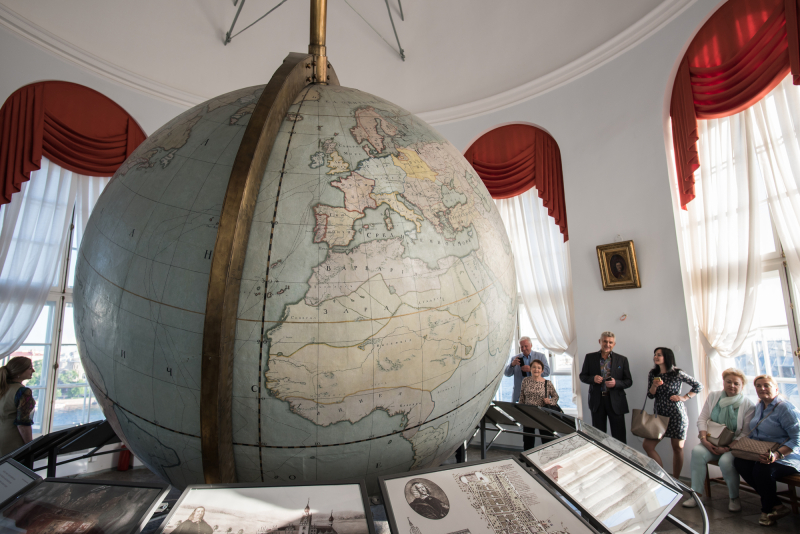
The museum is open Tuesday through Sunday, 10 am - 6 pm. Tickets can be purchased online or at the museum’s ticket offices. From September to April, you can visit the museum for free on the third Thursday of each month. Check out our other stories under this tag to discover even more art outing ideas in St. Pete.
